Physical Address
304 North Cardinal St.
Dorchester Center, MA 02124
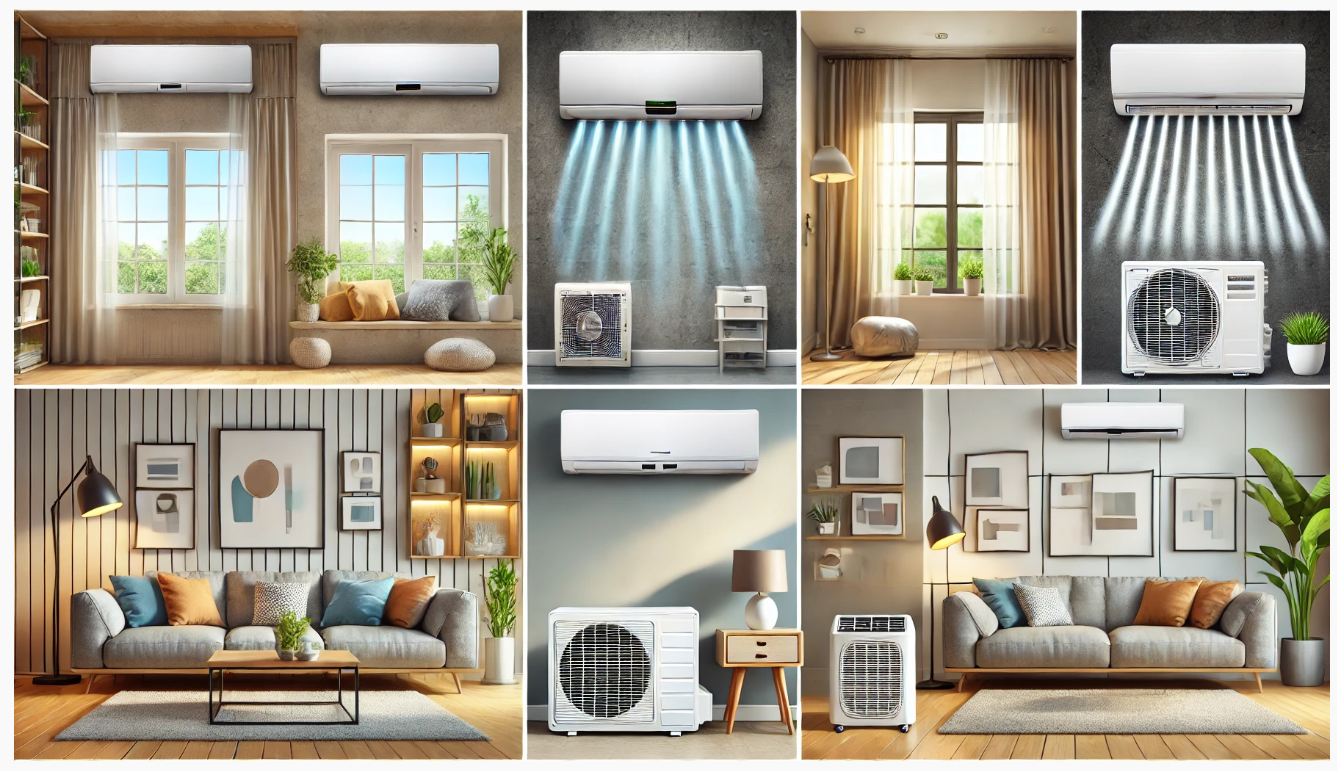
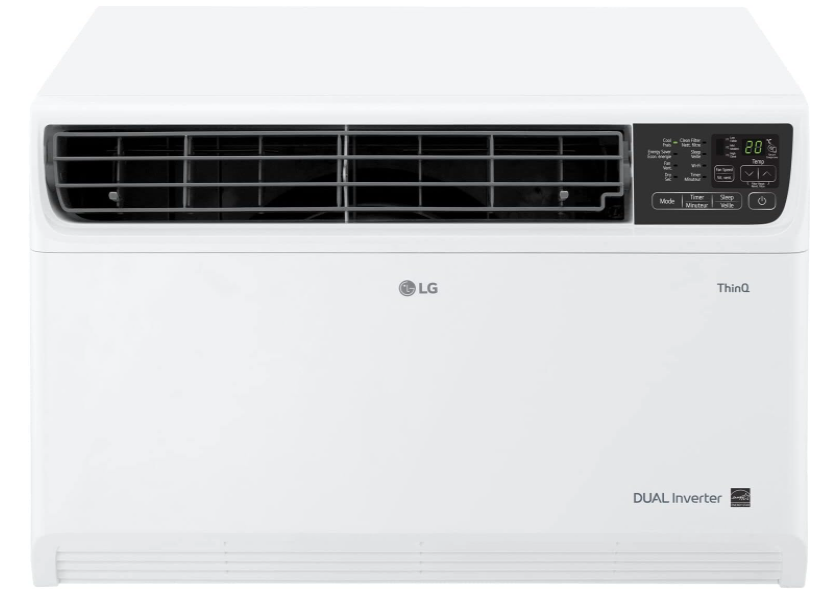
Complete Air Conditioner Review 2024? With rising global temperatures and the increasing need for thermal comfort in homes and offices, air conditioning has become essential. This comprehensive guide aims to provide a detailed analysis of the different air conditioner models available on the market, considering prices, cost-benefit, and performance. We will explore the most popular options, their features, advantages, and disadvantages, helping you make the right choice for your needs.
The window air conditioner is one of the most traditional and commonly used models in homes. It is installed in an opening in the wall or window, with the cooling unit facing the indoor environment and the heat dissipation unit facing the outside.
Prices range from $180 to $500, depending on the cooling capacity (BTU) and additional features.
The split air conditioner consists of two units: the indoor unit, which cools the environment, and the outdoor unit, which dissipates the heat. This model is very popular due to its efficiency and discreet design.
Prices range from $300 to $1,000, depending on capacity and features.
The portable air conditioner is a convenient option for those seeking mobility and flexibility. It can be moved from one room to another as needed.

Prices range from $220 to $600, depending on cooling capacity and features.

The inverter air conditioner is an advanced version of split models. It uses inverter technology to adjust the compressor speed, providing greater energy efficiency and constant thermal comfort.
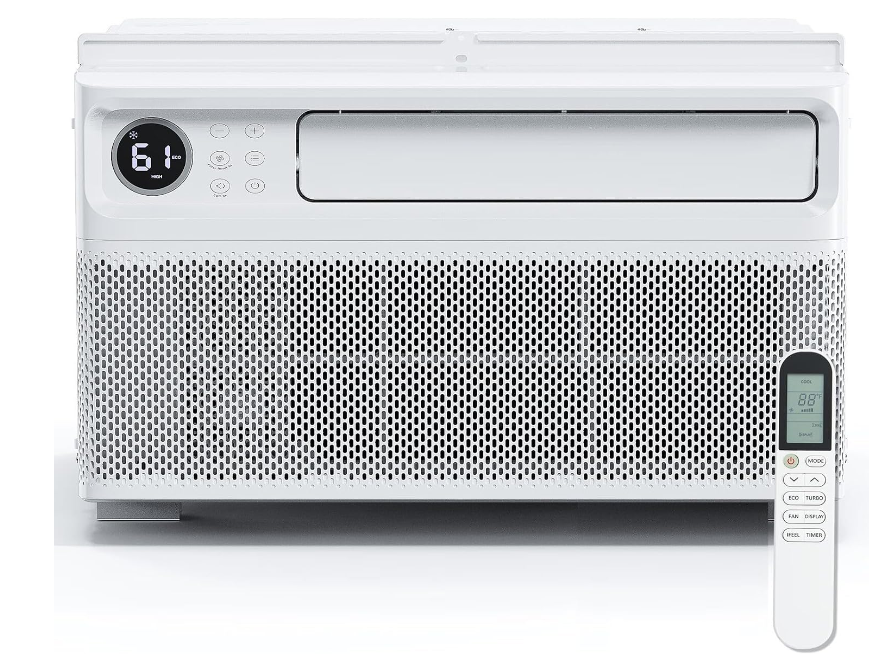
Prices range from $400 to $1,200, depending on capacity and features.
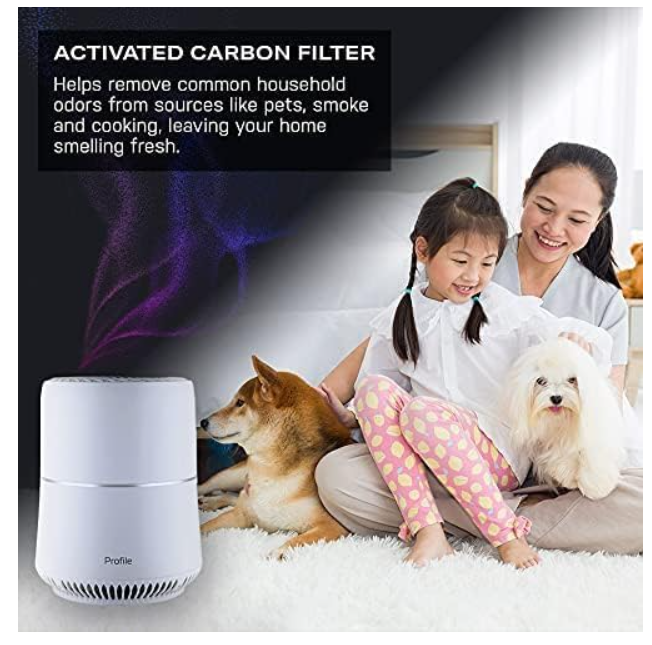
An excellent choice for those seeking an economical and efficient window air conditioner for small environments.
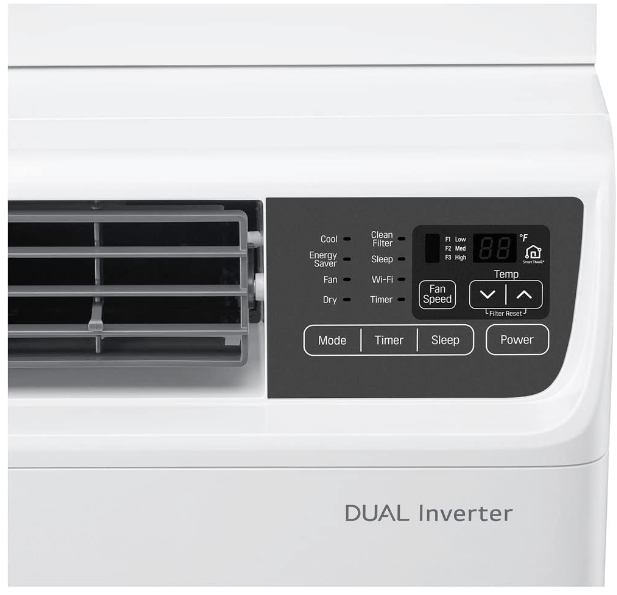
Ideal for those seeking advanced technology and energy efficiency, willing to invest a bit more.
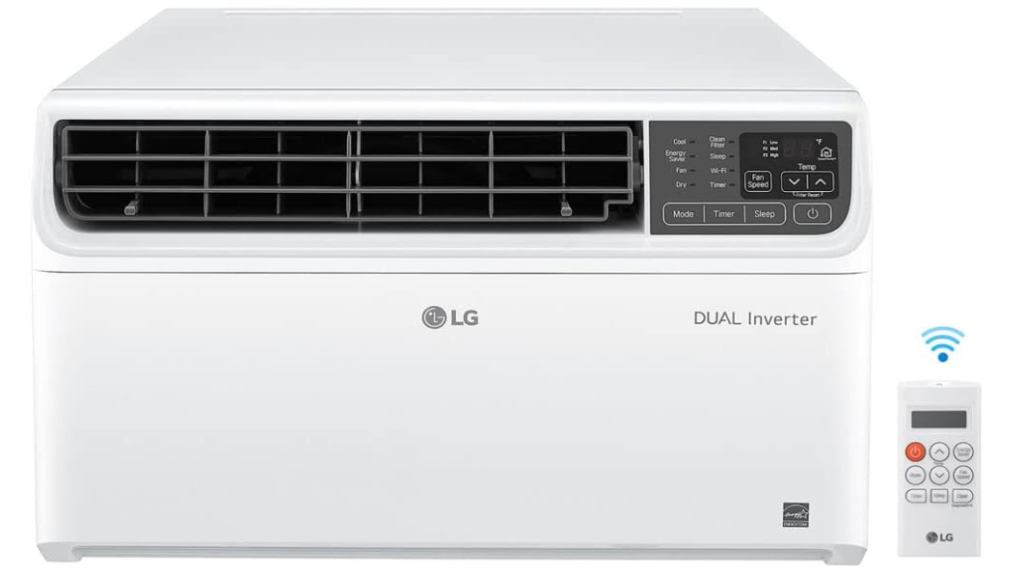

A good option for those needing a portable air conditioner for different environments, despite the lower efficiency.
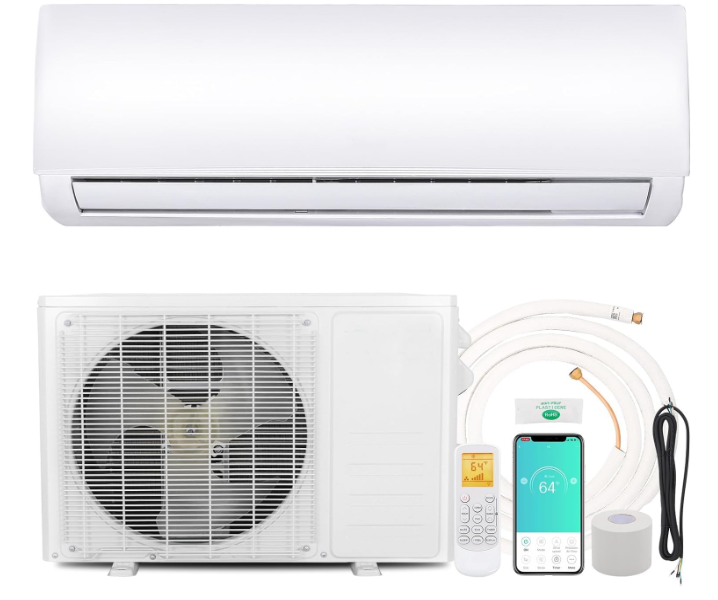
Perfect for those seeking maximum comfort and cutting-edge technology, willing to invest in a premium model.
Before purchasing an air conditioner, it is essential to assess your specific needs:
Energy efficiency is a crucial factor in determining the cost-benefit of an air conditioner. Inverter technology models with an energy rating of A or higher are more economical in the long run, despite the higher initial cost. The following table compares the energy consumption of different models:
| Model | Capacity (BTU) | Monthly Consumption (kWh) | Monthly Cost ($) |
|---|---|---|---|
| Consul CCI07B | 7,500 | 150 | 27.00 |
| LG Dual Inverter Voice | 12,000 | 110 | 19.80 |
| Philco PH13000F | 13,000 | 170 | 30.60 |
| Samsung Wind-Free | 18,000 | 130 | 23.40 |
(Values based on average usage of 8 hours daily and a rate of $0.18/kWh)
In addition to the purchase cost, consider installation and maintenance costs. Split and inverter models, although more expensive initially, can offer long-term savings due to energy efficiency.
| Model | Price ($) | Installation ($) | Annual Maintenance ($) |
|---|---|---|---|
| Consul CCI07B | 220 | 55 | 27 |
| LG Dual Inverter Voice | 640 | 145 | 36 |
| Philco PH13000F | 400 | – | 18 |
| Samsung Wind-Free | 900 | 180 | 45 |
Investing in a durable air conditioner with a good warranty can avoid unexpected costs. Models from renowned brands generally offer warranties of 2 to 5 years and better technical support.
| Model | Estimated Durability (years) | Warranty (years) |
|---|---|---|
| Consul CCI07B | 8 | 2 |
| LG Dual Inverter Voice | 10 | 5 |
| Philco PH13000F | 7 | 2 |
| Samsung Wind-Free | 10 | 5 |
Choosing the ideal air conditioner requires careful analysis of your needs, budget, and expectations regarding performance and energy efficiency. Window, split, portable, and inverter models offer different advantages and disadvantages, so it is important to consider all aspects before making a decision.
Choosing the right air conditioner can significantly improve the comfort of your home or office, as well as provide long-term energy savings. Evaluate your needs, compare models, and make the best choice for your environment and budget.